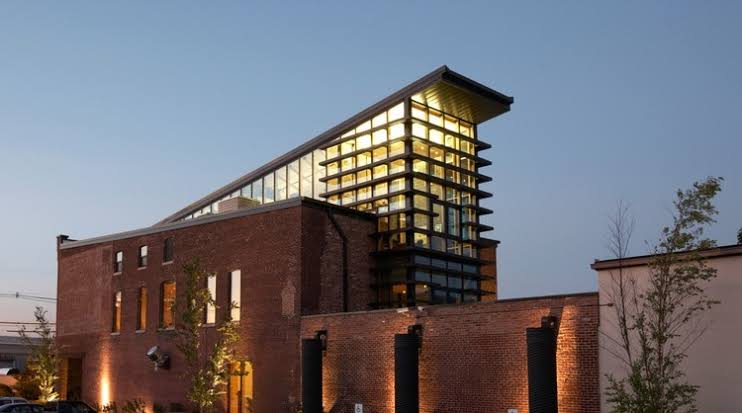The United Kingdom proudly showcases a diverse array of historical edifices, replete with structures dating back aeons adorning its vistas. From ancient fortresses to Victorian warehouses, these edifices serve not merely as relics of yore but as living testaments to the nation’s legacy. Nevertheless, as epochs transmute and urban panoramas metamorphose, the myriad of these historical structures confront the exigency of retaining pertinence and functionality in contemporary society. Herein arises the concept of adaptive reuse – an endeavour that revitalises antiquated spaces by metamorphosing them into contemporary habitats whilst safeguarding their individualistic essence and historical import. Amidst this transformation, the involvement of estate agents in Hatfield becomes crucial in navigating the intricate landscape of property transactions and repurposing.
Paying Homage to History: The Significance of Adaptive Reuse
Central to adaptive reuse lies a profound reverence for history and architectural legacy. Rather than dismantling ancient structures to make way for new constructions, adaptive reuse endeavours to exalt the past by repurposing extant edifices. This approach not only serves to uphold the cultural ethos of a locale but also diminishes wastage and environmental repercussions by repurposing materials and embedded energy.
Unveiling Potential: Discovering Novel Functions for Antiquated Spaces
A pivotal tenet of adaptive reuse involves reimagining the utility of a structure to meet the requisites of contemporary society. Historical chapels may undergo conversion into chic abodes, whilst abandoned factories metamorphose into bustling multi-purpose complexes. By meticulously scrutinising the distinctive attributes of each edifice, architects and developers can unveil its latent potential and transmute it into a habitat that caters to the populace in novel and inventive manners.
Challenges and Prospects: Navigating the Process of Adaptive Reuse
Despite its manifold advantages, adaptive reuse is not devoid of challenges. Historic structures frequently present structural dilemmas, antiquated infrastructure, and stringent conservation protocols that necessitate careful navigation. However, with meticulous planning, innovative design solutions, and collaborative endeavours among stakeholders, these obstacles can be surmounted, thereby unleashing the full potential of the edifice and crafting spaces that seamlessly amalgamate the antiquated with the contemporary.
Illustrative Instances: Exemplary Instances of Adaptive Reuse
Across the expanse of the UK, myriad exemplars demonstrate the transformative potency of adaptive reuse. The Tate Modern in London, erstwhile a derelict power station, has undergone a metamorphosis into one of the preeminent contemporary art galleries globally, alluring millions of visitors annually. Concurrently, the Tobacco Warehouse in Liverpool has been transmuted into stylish loft dwellings, resuscitating a historic industrial edifice whilst conserving its architectural legacy.
Sustainability and Endurance: The Environmental Advantages of Adaptive Reuse
In an epoch of escalating environmental consciousness, adaptive reuse proffers a sustainable alternative to novel construction. By repurposing extant structures, developers can substantially mitigate the carbon footprint associated with demolition and fresh construction, as well as safeguard valuable verdant expanses. Furthermore, adaptive reuse fosters a sense of endurance by rejuvenating neglected urban precincts and fostering communal bonds among denizens.
Pondering the Future: The Role of Adaptive Reuse in Urban Advancement
As urban centres burgeon and evolve, the significance of adaptive reuse in urban progress is paramount. By preserving the past whilst embracing the future, adaptive reuse enables the creation of vibrant, sustainable communities that honour the history and essence of our built milieu. By harnessing the inventiveness and resourcefulness of architects, developers, and conservationists, we can ensure that our historical edifices endure as beacons of inspiration and wellsprings of pride for posterity.
Adaptive reuse constitutes a compelling resolution to the quandary of conserving historical structures amidst the tide of swift urban expansion. By repurposing antiquated spaces into contemporary habitats, we can pay homage to the past whilst embracing the future, engendering sustainable communities that celebrate the distinctive character and heritage of the United Kingdom. As we cast our gaze forward, the practice of adaptive reuse will persist in playing a pivotal role in shaping the cities of the morrow, ensuring that our architectural treasures remain an integral facet of our cultural panorama for generations to come.

